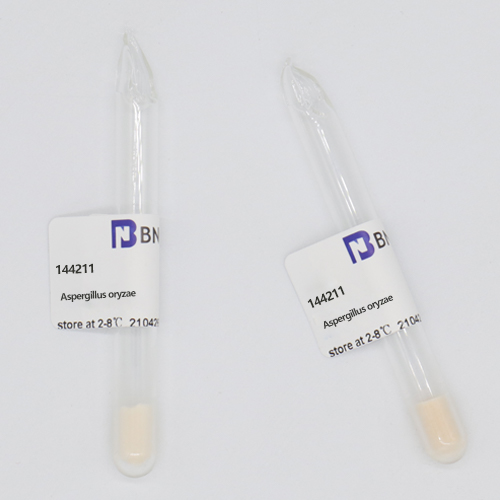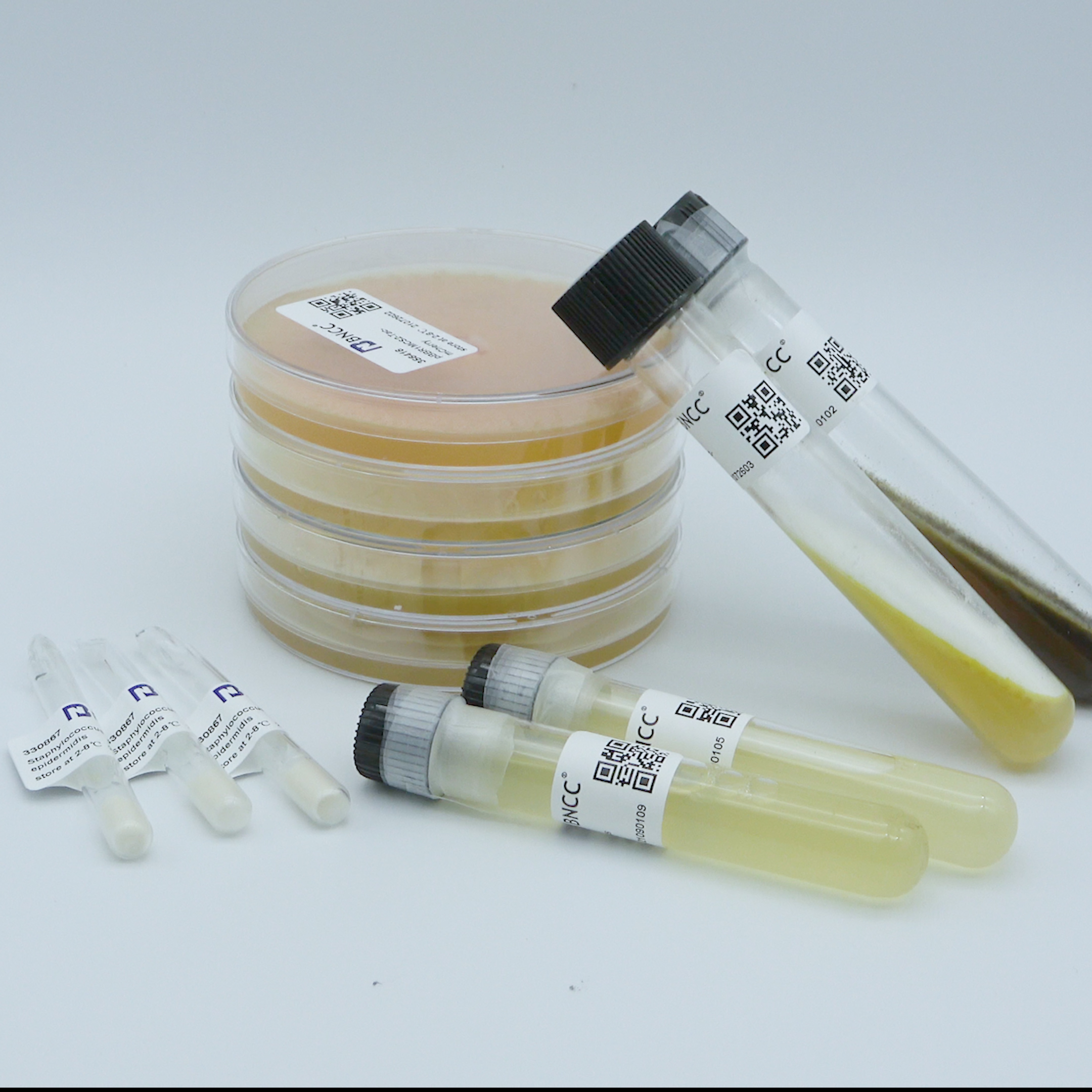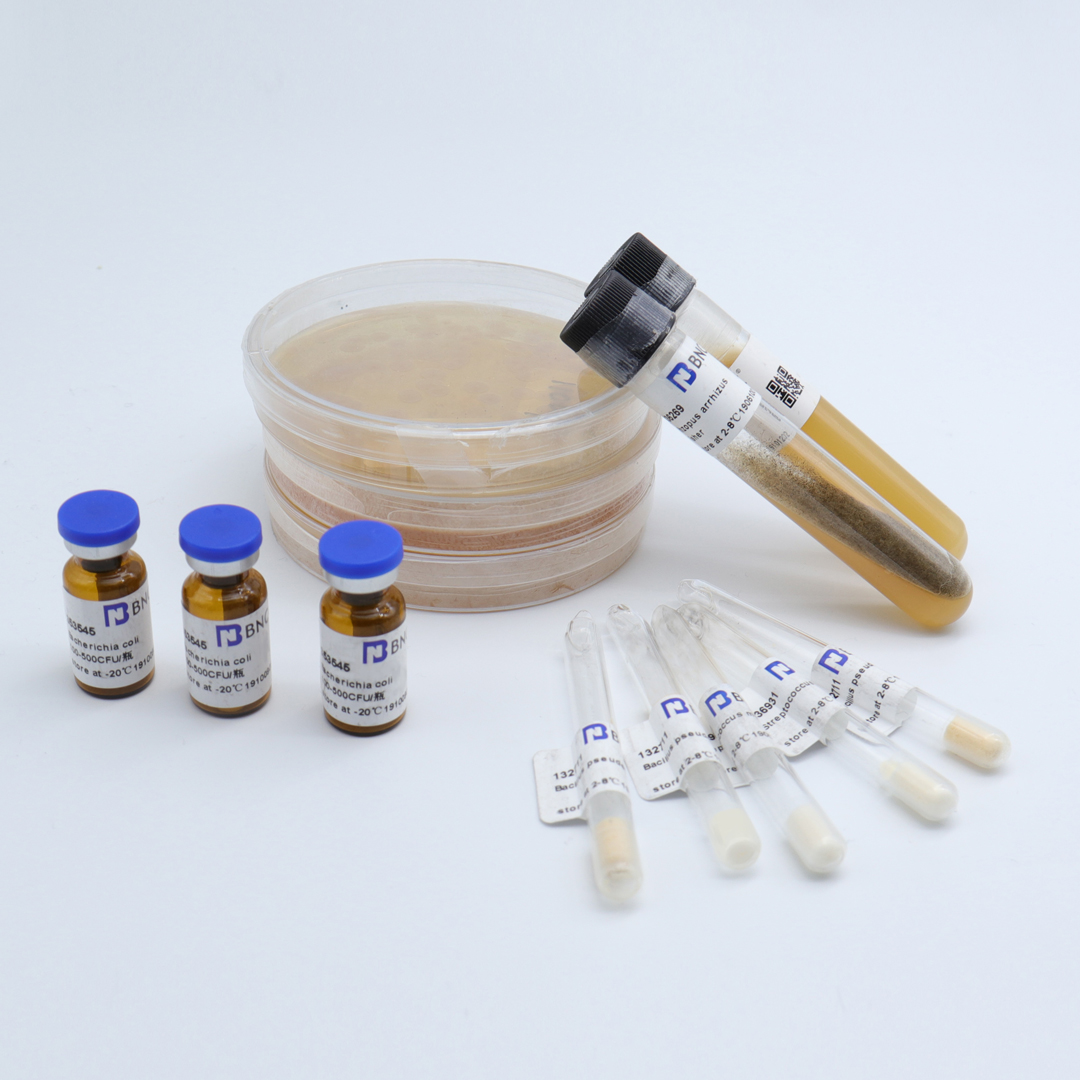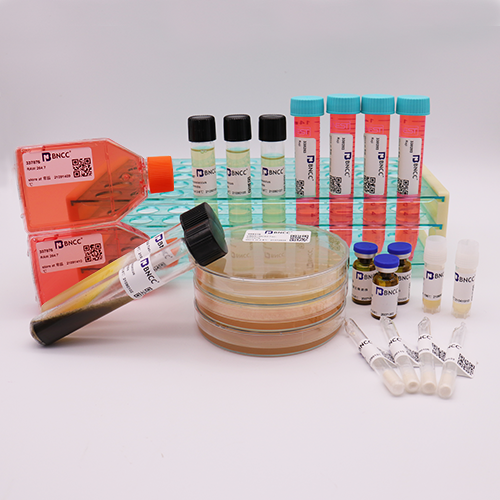Aspergillus oryzae
Sonditions : 2~8 ℃
No. 144211
Product format: freeze dried, 200ul
Validity : 6 years
Biosafety level: 1 , handle in ultra-clean table or safety cabinet
Receiving notice: if any abnormality is found on the day of receipt, please contact the customer service within 24 hours. If it is overdue, it is deemed that the bacteria are well. The freeze dried culture shall be used up once and shall not be retained. The bacterial viability will resume after 1-2 generation of recovery and can be used normally. Handling instructions of agar plate is enclosed. Please operate in strict accordance with this instruction, otherwise the replacement of bacteria are not be available in case of aberrant growth and loss of viability.
viability conditions:28 ℃, aerobic, Cha's agar, 5-7 days. Cha's agar: 3g of sodium nitrate, 1g of dipotassium hydrogen phosphate, 0.5g of magnesium sulfate, 0.5g of potassium chloride, 0.01g of ferrous sulfate, 30g of sucrose, 15g of agar, 1.0L of distilled water, pH 6.2±0.2. Sterilization at 121 ℃ for 15min.
Recovery steps:
(1) Prepare 1-2 of above mentioned plates;
(2) Open it in the biosafety cabinet, sterilize of the ampoule, heat the tip in a flame, quickly drop sterile water to creak it, then break it with forceps;
(3) draw 0.5ml of sterile water into the freeze dried ampoule, make it fully dissolved, and distribute the solution to the plates well in 200ul/plate;
(4) Put the plates under the above culture conditions for cultivation for 3-5 days.
Recovery record: According to the recovery instructions, the results of the recovery are reported as follows:

| Item |
test results |
| viability: |
good viability, in 7 days strain layer become obvious |
| colony morphology: |
small filamentous fungi, the colony is obvious on Cha's agar medium, the mycelium of the plate layer is white in the early stage, spreads and grows and gradually becomes light yellow, and produces golden spores in the later stage. |
| Conclusion: |
good viability, no abnormal colony morphology, qualified |

 info@bncc.com
info@bncc.com
 - English
- English
 - Japanese
- Japanese








